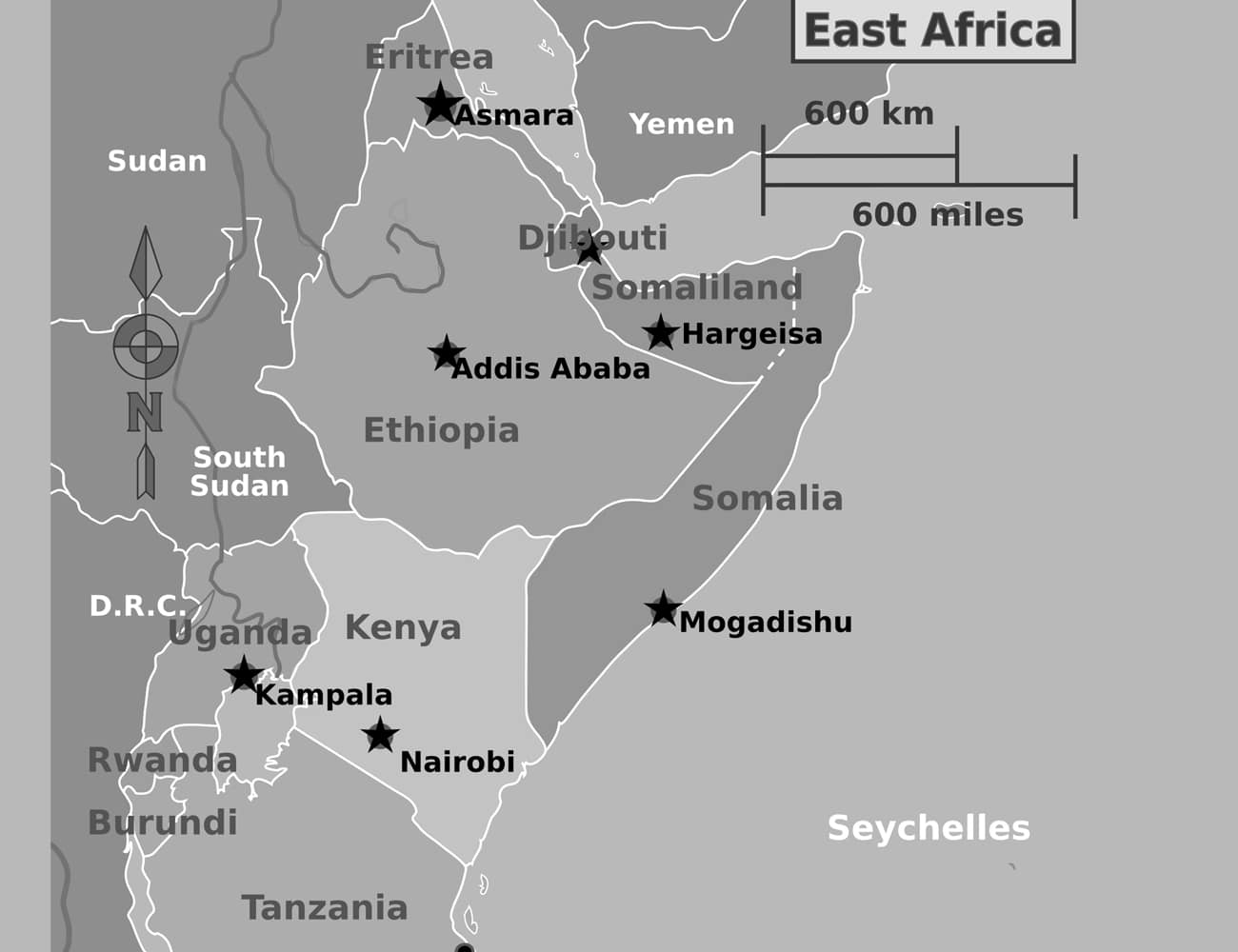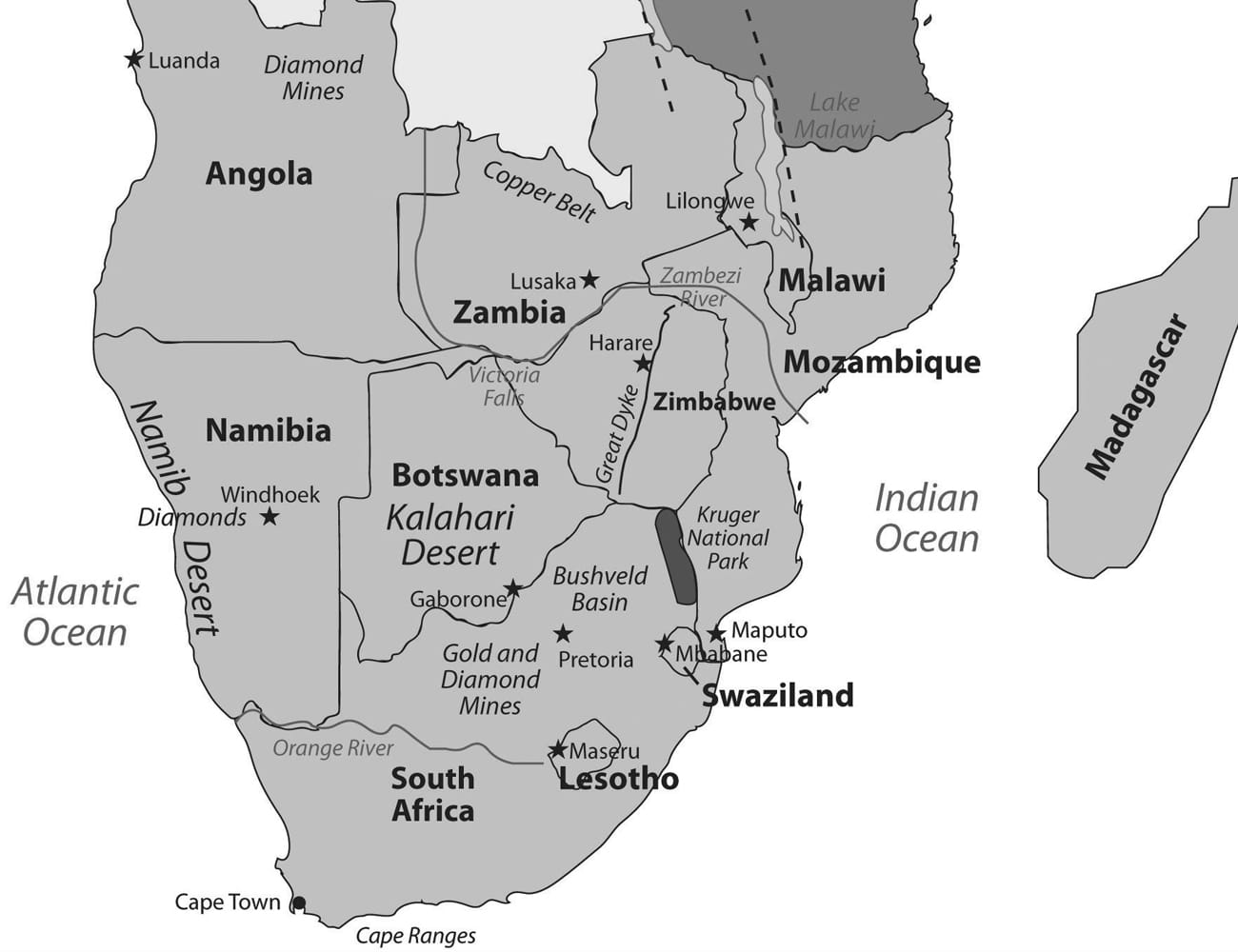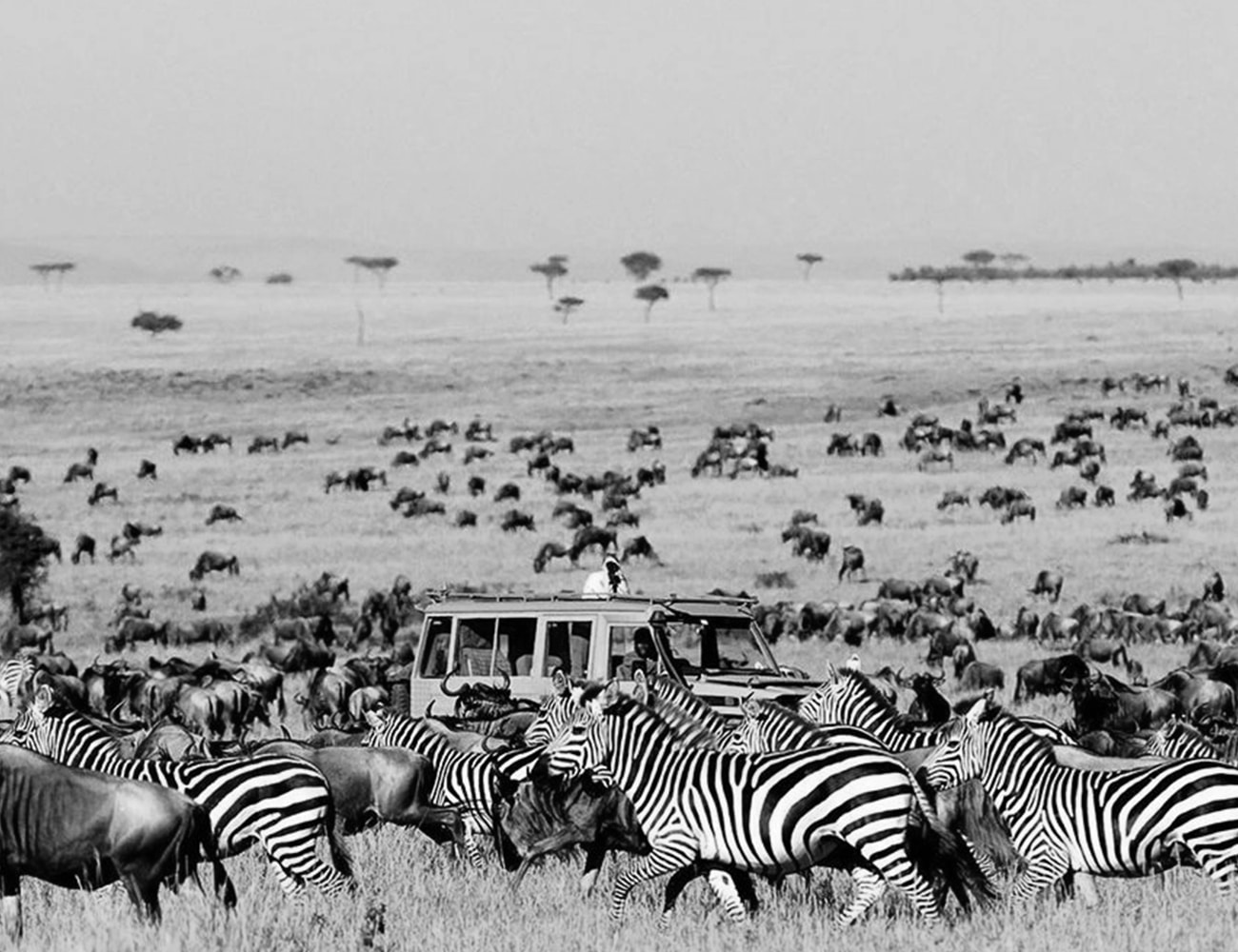Exploring Tanzania: Is it Part of East Africa or Southern Africa?
When it comes to the geographical location of Tanzania, there seems to be some confusion. Is Tanzania in East or Southern Africa? Well, let’s dig in and find out. Tanzania is a country known for its stunning landscapes, abundant wildlife, and vibrant culture. From the iconic Mount Kilimanjaro to the vast Serengeti National Park, Tanzania offers a diverse range of experiences for travelers.
Understanding the East Africa region

To answer the question: Is Tanzania in East or Southern Africa? Let’s first take a closer look at the East Africa region. East Africa is generally considered to include countries such as Kenya, Uganda, Rwanda, Burundi, and South Sudan. These countries share common geographical features, including the Great Rift Valley and the East African Highlands. They also have cultural and historical ties, with Swahili being a widely spoken language in the region. East Africa is known for its wildlife-rich national parks, such as the Maasai Mara in Kenya and the Bwindi Impenetrable Forest in Uganda. Tanzania, with its shared borders and similar geographical features, is undoubtedly part of this region.
Exploring the Southern Africa region
On the other hand, Southern Africa typically includes countries such as South Africa, Botswana, Namibia, Zimbabwe, and Mozambique. These countries share a different set of geographical features, including the Kalahari Desert and the Okavango Delta. Southern Africa is known for its diverse wildlife, including the famous Big Five, as well as its rich cultural heritage, with the influence of indigenous tribes like the Zulu and the San people. While Tanzania shares a border with Mozambique, which is usually considered part of Southern Africa, it also has distinct differences in terms of geography and culture, making it less aligned with this region.

Tanzania’s historical and cultural ties with East Africa
Now that we have answered the question: Is Tanzania in East or Southern Africa, let’s discuss the historical and cultural ties with other East African regions.
Tanzania has a long history that is deeply intertwined with the East African region. The coastal areas of Tanzania were once part of the Swahili Coast, a trading hub that connected East Africa with the Arabian Peninsula and beyond. This historical trade route brought influences from Arab, Persian, and Indian cultures, shaping the unique Swahili culture that is still prevalent in Tanzania today. The Swahili language, a lingua franca in East Africa, further strengthens Tanzania’s ties with the region. Additionally, Tanzania was at the forefront of the struggle for independence in East Africa, with leaders like Julius Nyerere playing a significant role in shaping the region’s history.
Tanzania’s geographical features and wildlife

Geographically, Tanzania shares many similarities with its East African neighbors. The country is home to the iconic Mount Kilimanjaro, the highest peak in Africa, which attracts climbers from all over the world. The Serengeti National Park, located in northern Tanzania, is renowned for its annual wildebeest migration, a natural spectacle that draws visitors in large numbers. Tanzania also boasts other world-famous national parks, such as the Ngorongoro Conservation Area and the Selous Game Reserve, offering unparalleled opportunities for wildlife viewing. These natural wonders, along with its geographical position along the eastern coast of the African continent, firmly place Tanzania within the East African region.
Tanzania’s political and economic ties with Southern Africa
While Tanzania’s geographical features align more closely with East Africa, it does have certain political and economic ties with Southern Africa. Tanzania is a member of the Southern African Development Community (SADC), an organization that aims to promote economic cooperation and integration among its member states. This membership reflects Tanzania’s commitment to regional cooperation beyond its immediate geographical boundaries. Additionally, Tanzania shares important transport links with countries like Malawi and Zambia, further strengthening its connections with Southern Africa. However, these ties alone are not enough to classify Tanzania as part of the Southern Africa region.
The debate: Is Tanzania part of East Africa or Southern Africa?
The debate surrounding Tanzania’s regional classification and questions like, Is Tanzania in East or Southern Africa stems from its proximity to countries that are typically considered part of Southern Africa. While Tanzania shares a border with Mozambique, which is geographically part of Southern Africa, this alone does not determine its regional affiliation. Geography alone cannot define a country’s regional identity. In the case of Tanzania, its overall geographical, historical, and cultural context aligns more closely with East Africa. However, it is essential to acknowledge that regional classifications can be subjective and may vary depending on different perspectives.
Perspectives from geographers and experts
Geographers and experts in the field of regional studies have differing opinions on Tanzania’s classification. Some argue that Tanzania’s historical and cultural ties with East Africa make it an integral part of the region. Others emphasize its political and economic connections with Southern Africa, suggesting a dual regional identity. However, the majority of experts agree that Tanzania is primarily considered part of East Africa due to its shared geographical features, language, and cultural heritage. It is crucial to consider multiple viewpoints when discussing regional classifications and to recognize that these classifications are not set in stone.
Implications of Tanzania’s regional classification
The regional classification of Tanzania has practical implications in various aspects, including tourism, trade, and political cooperation. By being recognized as part of East Africa, Tanzania can leverage the existing marketing efforts and infrastructure developed by the East African Community (EAC) to promote tourism in the region. It also allows for greater coordination and collaboration with neighboring countries in addressing common challenges and pursuing shared development goals. However, it is important to ensure that Tanzania’s unique attributes and contributions are also acknowledged and celebrated within the broader East African context.
Appreciating Tanzania’s unique position
In conclusion, while there may be some confusion surrounding Tanzania’s regional classification with questions like whether Is Tanzania in East or Southern Africa being asked, it is generally accepted as part of the East African region. Tanzania’s geographical, historical, and cultural ties with East Africa, along with its distinct features and wildlife, firmly place it within this region. While it may have certain political and economic connections with Southern Africa, these alone are not sufficient to redefine its regional identity. As travelers and enthusiasts, it is crucial to appreciate Tanzania’s unique position and embrace the wonders of East Africa that await exploration in this vibrant and diverse country. So, whether you’re planning to climb Mount Kilimanjaro or witness the Great Migration in the Serengeti, prepare to embark on an unforgettable East African adventure in Tanzania.
For more articles related to Geography of Tanzania, click here!

































